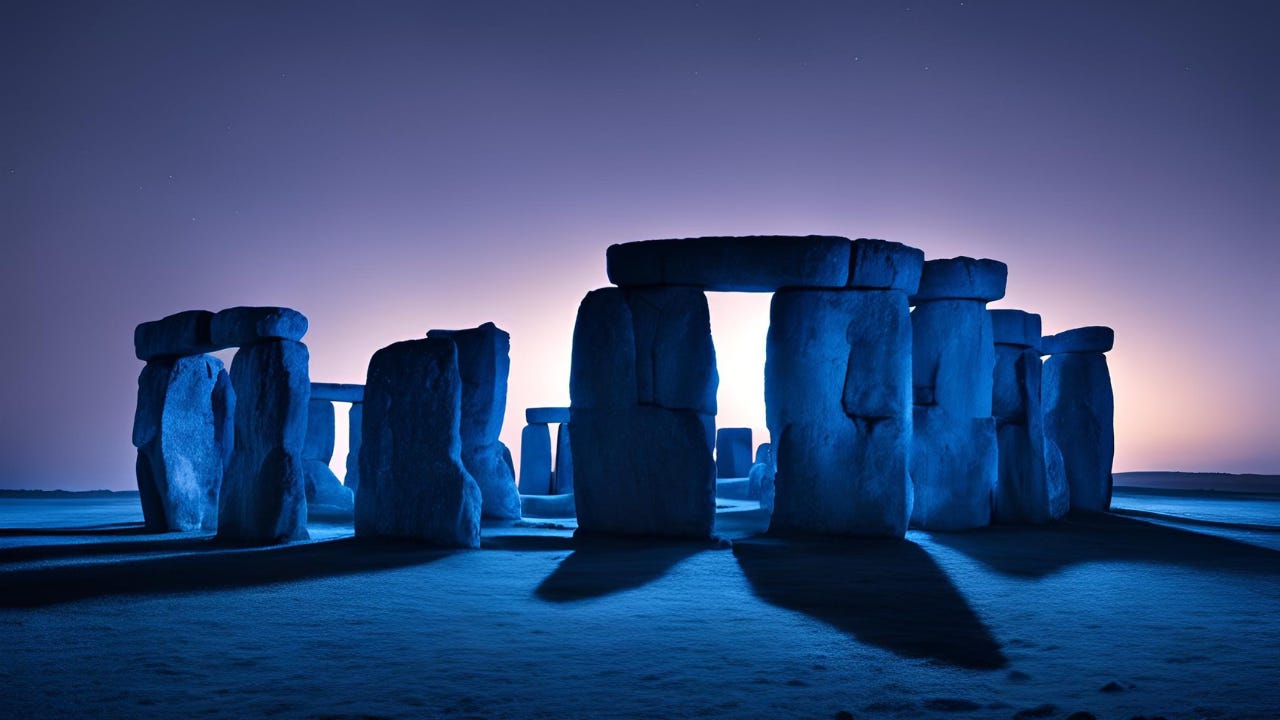Stonehenge. A place of ancient mysteries, whispered rituals, and standing stones that have witnessed millennia of human history. But alongside the historical intrigue, a more modern legend has taken root, a chilling tale of disappearance and the supernatural: the story of the teenagers who vanished at Stonehenge.
The Story:
In the summer of 1971, five friends – Julia Ashton, Lucas Addams, Shari Wilson, Daniel Wilson, and Wilma Rupert – set out for Stonehenge. Driven by a fascination with the mystical, they planned to camp overnight within the stone circle, hoping to connect with the site's rumored energies.
As dusk deepened into night, a storm rolled across Salisbury Plain. Laughter around the campfire couldn't entirely mask the growing unease, especially for Shari, who was visibly anxious about the approaching tempest. By midnight, the storm raged, a symphony of thunder and lightning. Huddled in their tents, the teenagers braced themselves against the elements.
Then, something strange happened. A local police officer, patrolling the area, reported seeing Stonehenge bathed in an unearthly blue light. This account was later corroborated by a nearby farmer, adding weight to the officer's claim. A deafening crack followed, and lightning – described by some as "not of the natural kind" – struck the center of the stone circle.
The officer, fearing for the campers, rushed to the scene. He found only an abandoned campsite: a cold fire, scattered belongings, and a chilling silence. The teenagers were gone.
A single clue remained: Wilma Rupert's diary. Its pages revealed cryptic entries, hinting at a growing sense of dread. "The blue glow always brings rain," she wrote. "I see him every night… They took Dad… Sheri is very afraid of lightning… He needs to be afraid of another. The blue glow is very close." The final entry trailed off into a frantic scrawl, ending with the words: "Demolish this place…"
The Legend and its Variations:
The vanishing at Stonehenge has become a popular creepypasta, a modern legend shared and reshaped across the internet. While the core elements remain consistent – the storm, the blue light, the abandoned campsite – different versions of the story include varying details. The addition of the farmer's corroboration is one such example, adding a layer of realism to the narrative. These variations are typical of how folklore evolves over time, adapting to different audiences and incorporating new elements.
Mystery or Modern Myth?
The truth behind the Stonehenge disappearances remains elusive. Is it a genuine mystery, an event lost to time and shrouded in the supernatural? Or is it a carefully crafted piece of fiction, a modern myth that taps into our fascination with the unknown? Regardless of its origins, the story serves as a reminder of the enduring power of folklore, its ability to capture our imaginations and blur the lines between reality and the supernatural.
What do you make of the Stonehenge disappearances? Have you encountered other versions of this story? Share your thoughts in the comments below!
Check out episode 18 of Wyrd Wessex for more on Stone Circles here
Or watch the episode on YouTube here



